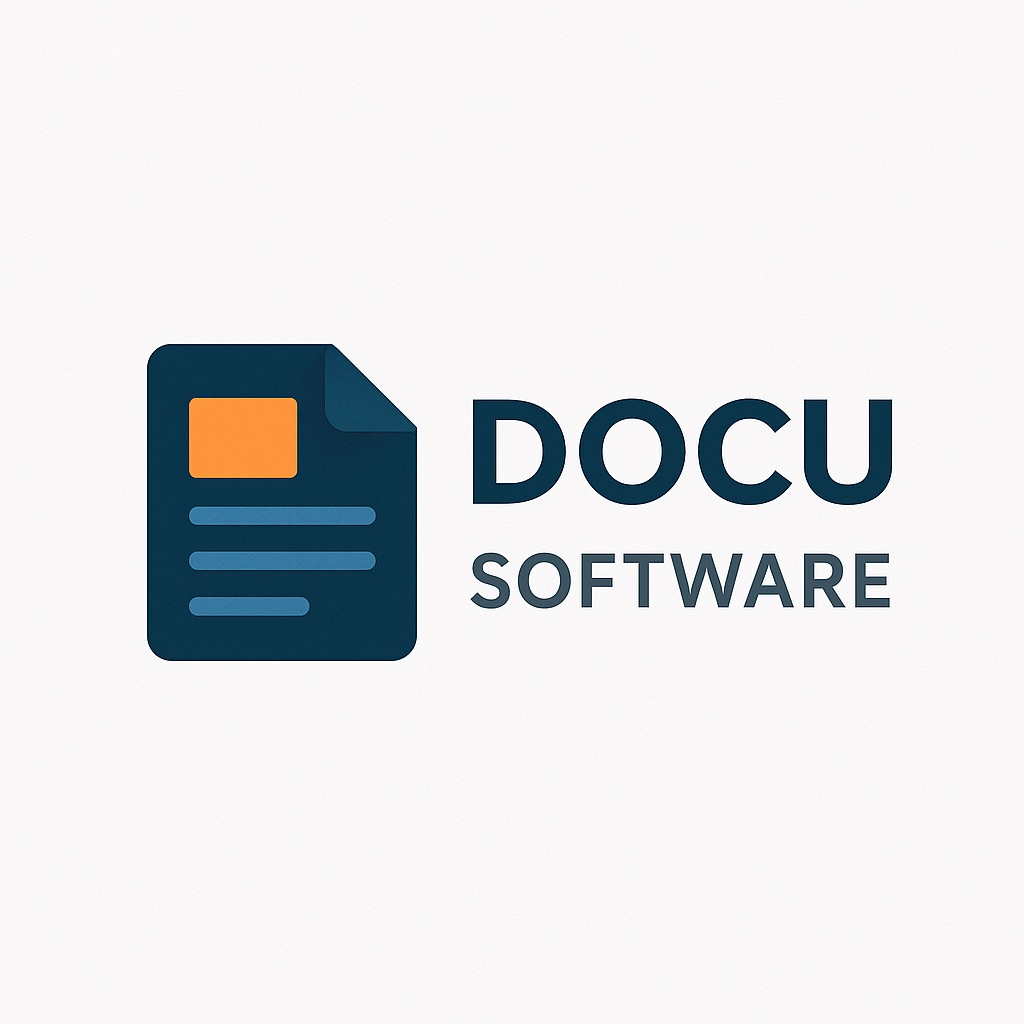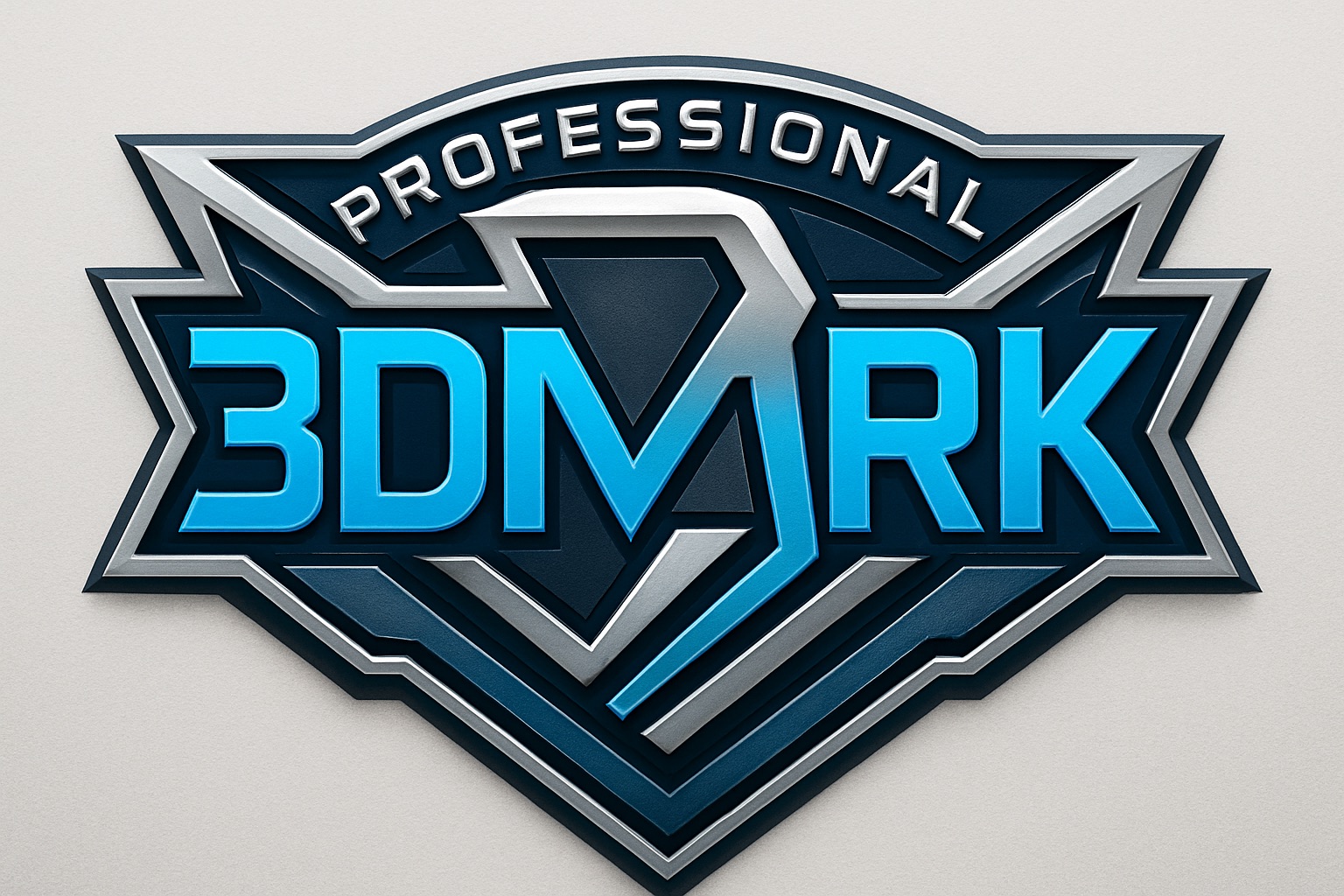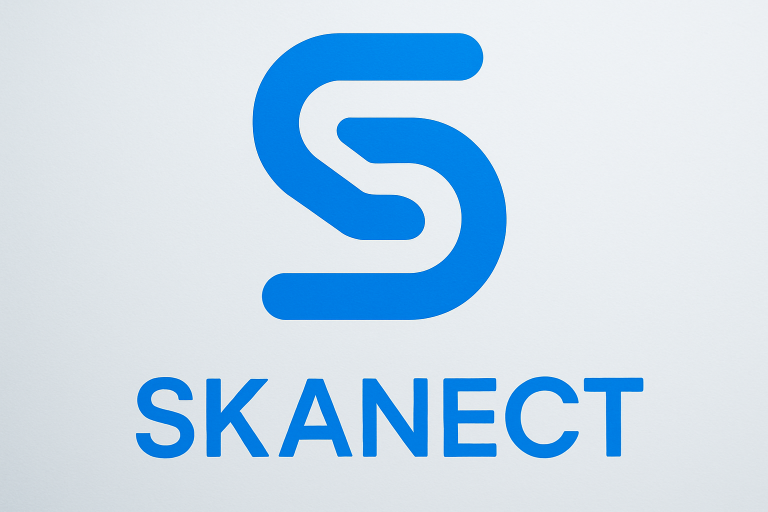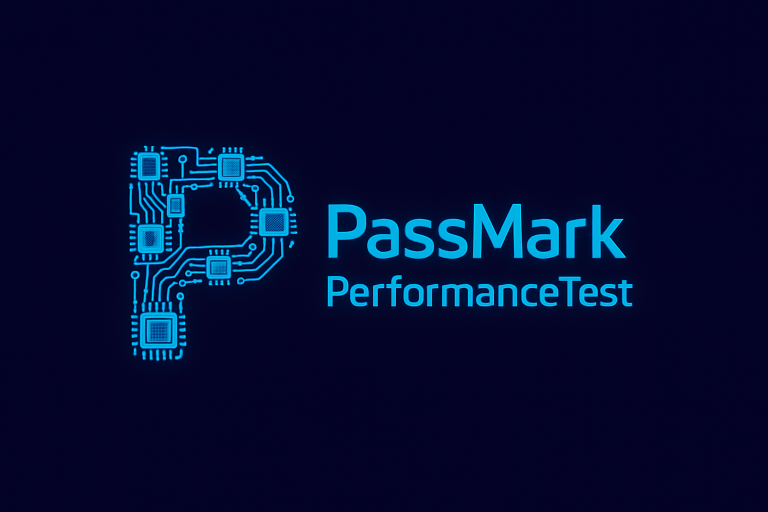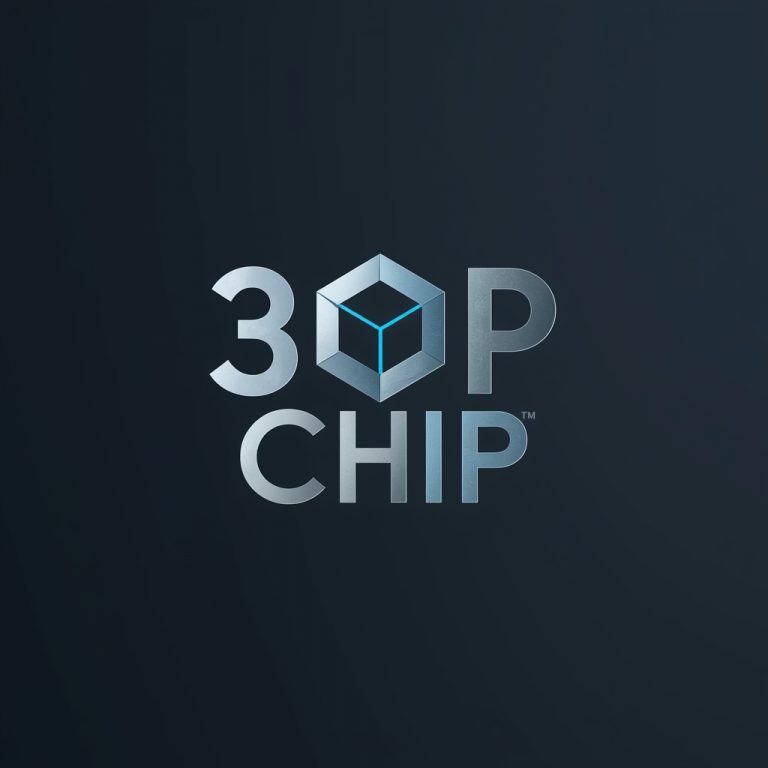3DMark Professional
Benchmarking hardware performance requires consistent, reliable tools that provide meaningful comparisons across different systems and configurations. 3DMark Professional has been my primary GPU and system benchmarking solution for evaluating everything from gaming laptops to workstation builds. After running thousands of benchmark runs across diverse hardware configurations, I can detail why this industry-standard tool justifies its professional pricing.
Core Features and Real-World Applications
3DMark Professional Edition extends beyond the basic consumer version with advanced features essential for professional testing. The ability to run benchmarks in loops for stability testing proved invaluable during a recent project evaluating GPU thermal solutions. Running Time Spy Extreme for 12 hours straight revealed thermal throttling patterns that shorter tests missed, identifying inadequate cooling solutions before deployment.
The command-line automation transforms repetitive testing from tedious manual work into efficient automated processes. Creating batch scripts to run multiple benchmarks with different settings across system configurations saved days of manual testing. During a recent pre-built system validation project involving 50 identical machines, automated testing identified two units with underperforming GPUs that manual testing might have missed.
Custom benchmark runs with configurable settings enable precise testing scenarios. Adjusting resolution, anti-aliasing, and specific graphical features isolates performance variables. When diagnosing why certain games performed poorly on otherwise capable hardware, creating custom runs matching game settings revealed driver optimization issues that standard benchmarks obscured.
The Image Quality Tool (IQT) deserves special recognition for validating rendering accuracy. Comparing reference images against actual rendered output catches driver bugs and hardware issues that performance metrics alone miss. This feature identified image corruption on a batch of GPUs that passed performance tests but produced subtle rendering errors in specific scenarios.
Performance Analysis and Metrics
Result consistency across runs demonstrates 3DMark’s reliability as a benchmarking standard. Testing the same hardware configuration typically shows less than 2% variance between runs when controlling for temperature and background processes. This consistency enables meaningful performance comparisons and reliable quality assurance testing.
The benchmark scaling across different hardware tiers provides valuable data points. Fire Strike Ultra stresses high-end GPUs appropriately while Night Raid scales down for integrated graphics testing. This range allows using consistent methodology across diverse hardware, from ultrabooks to multi-GPU workstations. Recent testing showed linear scaling improvements with each GPU generation when thermal limits weren’t reached.
Resource utilization monitoring during benchmarks reveals system bottlenecks effectively. CPU usage patterns during physics tests identify processor limitations, while GPU utilization metrics expose bandwidth constraints. Memory allocation monitoring helped diagnose why certain configurations underperformed – discovering that 16GB systems suffered from page file usage during extreme tests.
Storage impact on load times between scenes provides insights often overlooked by pure GPU benchmarks. Testing identical systems with SATA SSDs versus NVMe drives showed 15-20% reduction in total benchmark completion time, though frame rates remained identical. This data proves valuable when specifying balanced system configurations.
Detailed Competitor Comparison
Unigine Superposition offers excellent GPU stress testing with beautiful visuals but lacks 3DMark’s comprehensive test suite. The VR benchmarks and extreme stress testing capabilities match 3DMark’s, while the free version provides basic functionality. However, 3DMark’s industry adoption makes its scores more meaningful for comparisons, and the diverse benchmark selection tests more scenarios.
FurMark excels at GPU stress testing to identify cooling and power delivery issues. The simple interface and free availability make it accessible for basic testing. However, FurMark’s power virus nature doesn’t reflect real-world usage, potentially triggering protective throttling that skews results. 3DMark’s game-like loads provide more realistic performance indicators.
PassMark PerformanceTest covers whole system benchmarking beyond graphics focus. The comprehensive CPU, memory, and storage tests provide valuable system profiling. However, the graphics benchmarks feel dated compared to 3DMark’s modern rendering techniques. For GPU-focused testing, 3DMark’s specialized benchmarks provide superior insights.
UserBenchmark offers quick system comparisons but lacks professional features and detailed analytics. The simplified scoring system helps novice users but oversimplifies complex performance characteristics. Professional users need 3DMark’s detailed metrics and customization options for meaningful analysis.
Platform-Specific Considerations
Windows remains the primary platform with full feature support across Windows 10 and 11. The benchmarks properly utilize DirectX 11, DirectX 12, and Vulkan APIs, testing modern rendering paths. Windows-specific optimizations and broad hardware support make it the ideal platform for comprehensive testing.
Android and iOS versions provide mobile benchmarking capabilities for smartphones and tablets. Wild Life and Wild Life Extreme scale appropriately for mobile hardware while maintaining cross-platform score comparability. Testing flagship phones revealed Apple’s GPU lead in sustained performance, while Android devices often posted higher peak scores.
The lack of native Linux support disappoints given the platform’s growing gaming presence. While Wine compatibility enables basic functionality, results may not accurately reflect native Linux performance. Professional Linux testing requires alternative solutions, limiting 3DMark’s utility in diverse OS environments.
Technical Requirements and Workflow
System requirements vary by benchmark, with older tests running on modest hardware while extreme tests demand cutting-edge components. Time Spy Extreme requires 4GB+ VRAM for 4K rendering, while Night Raid runs on integrated graphics. This scalability enables testing across the full hardware spectrum.
Installation size approaches 6GB with all benchmarks, requiring consideration for test systems with limited storage. The modular installation allows selecting specific benchmarks, reducing footprint when full suite isn’t needed. Network installation options simplify deployment across multiple test systems.
Result database integration enables long-term performance tracking and comparison. Uploading results to 3DMark’s online database provides context against similar systems worldwide. The professional edition’s private result option maintains confidentiality for pre-release hardware testing while still enabling internal comparisons.
Best Practices From Extensive Usage
Controlling thermal conditions ensures reproducible results across testing sessions. Allowing 10-minute cooldown periods between runs prevents thermal accumulation that skews later results. Monitoring temperatures throughout runs identifies when thermal throttling impacts scores, invalidating comparisons.
Driver version documentation proves crucial for meaningful comparisons. Performance variations of 5-15% between driver releases aren’t uncommon, especially for newer GPUs. Maintaining detailed logs of driver versions, Windows updates, and BIOS settings enables accurate result interpretation months later.
Creating custom run configurations for specific testing needs maximizes value. Adjusting Time Spy to render at 1440p instead of 1080p better reflects modern gaming monitors. Disabling certain effects isolates specific GPU capabilities. These customizations provide insights beyond standard benchmark runs.
Statistical analysis of multiple runs identifies outliers and validates results. Running benchmarks 5-10 times and analyzing variance reveals system stability issues. Scores varying more than 5% indicate thermal, power, or software problems requiring investigation.
Business Value and ROI Analysis
Professional Edition pricing at $1,495 annually seems steep compared to Advanced Edition ($34.99) but includes commercial use rights and advanced features essential for professional testing. For hardware reviewers, system integrators, and QA departments, the automation and analysis capabilities justify the investment through time savings.
The command-line automation alone recovers costs for volume testing scenarios. Reducing per-system validation from 30 minutes manual testing to 5 minutes automated saves substantial labor. Testing 100 systems monthly saves approximately 40 hours, easily justifying professional licensing for commercial operations.
Image quality validation capabilities prevent costly hardware deployments with rendering issues. Catching GPU problems before shipping systems prevents returns and support costs. One prevented bad batch deployment could save thousands in logistics and customer satisfaction costs.
Who Should Use 3DMark Professional
Hardware reviewers and tech journalists need Professional Edition’s commercial license and advanced features. The industry-standard scores enable meaningful comparisons readers expect. Automation features accelerate review processes under tight deadlines.
System integrators and OEMs benefit from automated validation and detailed logging. Quality assurance processes integrate naturally with 3DMark’s capabilities. The professional license covers commercial testing requirements while providing necessary tools.
Overclockers and enthusiasts find Advanced Edition sufficient for personal use. The core benchmarks provide necessary functionality without professional features most individuals don’t need. The reasonable pricing makes it accessible for serious hobbyists.
Casual users curious about system performance should start with Basic Edition or free alternatives. The limited feature set suffices for basic comparisons without investment. Understanding benchmarking fundamentals helps determine if advanced features provide value.
Final Verdict
3DMark Professional Edition remains the gold standard for GPU and system benchmarking in professional contexts. The comprehensive benchmark suite, consistent methodology, and industry adoption create unmatched value for serious testing needs. While the pricing excludes casual users, professional features justify costs for commercial applications.
Notable limitations include platform restrictions and aging benchmark relevance. Port Royal ray tracing test needs updates for current RT performance levels. Linux absence limits cross-platform testing. Some benchmarks like Cloud Gate show their age with modern hardware.
For professionals requiring reliable, automated benchmark capabilities, 3DMark Professional delivers essential functionality. The combination of rendering tests, stress testing options, and detailed analytics provides insights beyond simple frame rates. While expensive for individual users, commercial operations find value through efficiency gains and testing reliability.
The continuous development with new benchmarks addressing emerging technologies maintains relevance. Recent additions like Speed Way for DirectX 12 Ultimate and Mesh Shader tests show commitment to tracking industry progress. For anyone seriously involved in hardware testing, 3DMark Professional remains an indispensable tool despite its premium pricing.
